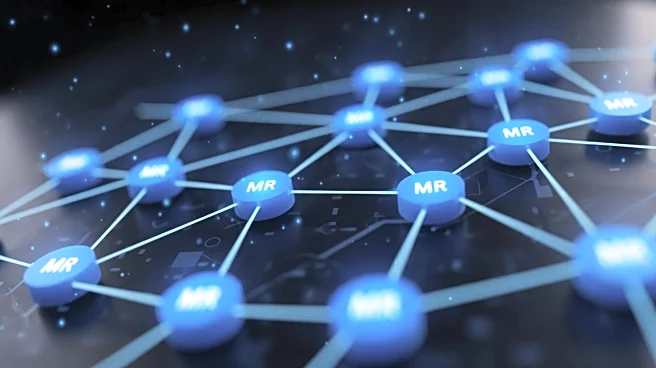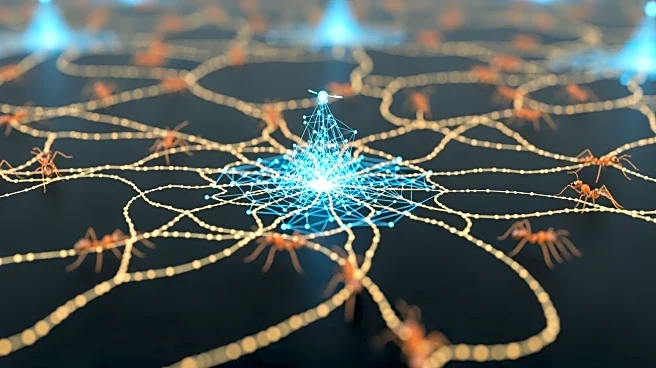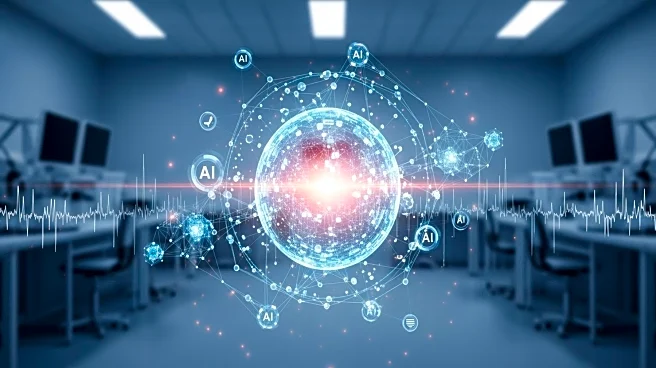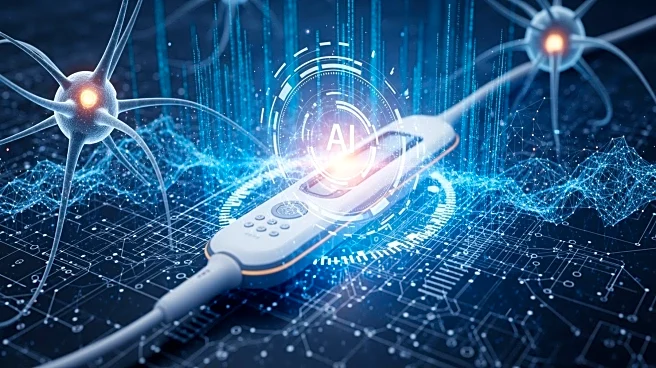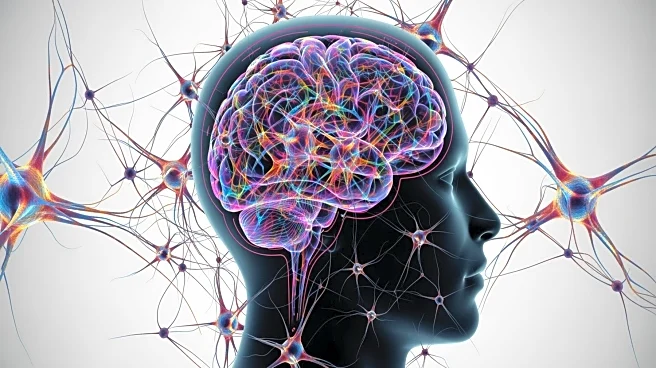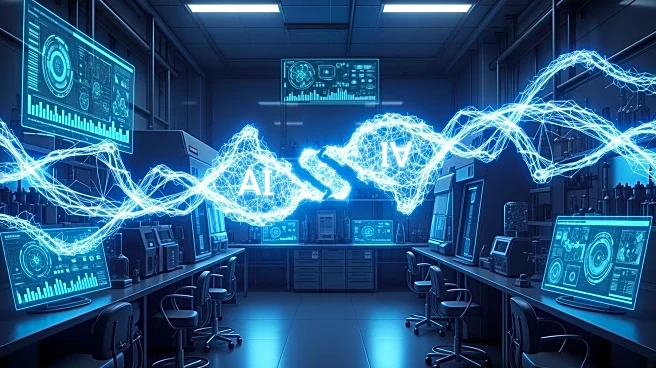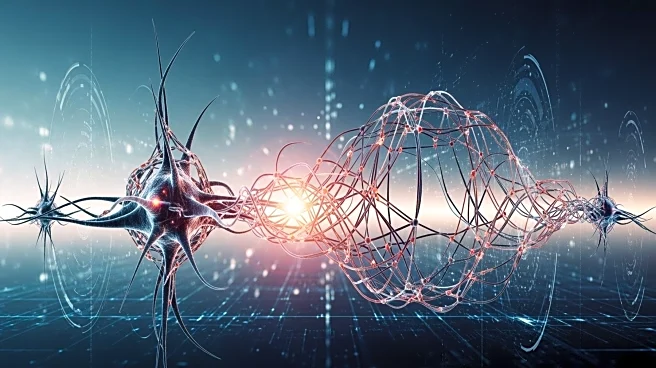What's Happening?
A study has developed a classification framework using morphometric similarity networks (MSNs) and graph convolutional networks (GCNs) to detect schizophrenia. The framework constructs individual MSNs from
T1-weighted MRI scans, representing brain regions as nodes and their morphometric similarities as edges. The study utilized data from six public databases, involving 967 subjects, to train a semi-supervised GCN model. This approach integrates imaging features with phenotypic information, enhancing the model's ability to classify schizophrenia by identifying critical brain regions.
Why It's Important?
This research represents a significant advancement in the use of machine learning for psychiatric diagnosis. By employing graph convolutional networks, the study offers a more nuanced understanding of schizophrenia, potentially leading to improved diagnostic accuracy and personalized treatment plans. The integration of imaging and phenotypic data could pave the way for more comprehensive models in neuroimaging, benefiting clinical practices and research in mental health disorders.
